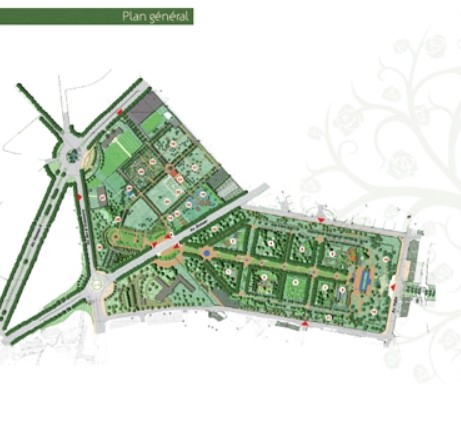Conception And Comparative Analysis Of Different Biocomposts
Main Article Content
Abstract
The Rabat Botanical Testing Garden produces a quantity of 5 tons per week of green waste, which is collected and then evacuated to landfills. As a result, there is an obvious need for recovery through composting, in order to include the site in a circular economy approach. This work aims to recover green waste from the Rabat Botanical Test Garden, and those through the design and construction of a composting platform, and on the other hand the use of the final compost as an amendment. fertilizer to all the plants in the garden. This article proposes to study the physical-chemical and bacteriological parameters of three composts of different natures. The results showed that from a physicochemical point of view there is not a big difference between them in terms of organic matter and nutrient content. On the other hand, from a bacteriological point of view, the results show the absence of pathogens such as Salmonella-Shigella SSA at the level of the three composts. As a result, we see that despite the difference in origin of the composts, the nutrient contents remain similar, thus making it possible to achieve the best composition based only on the green waste from the Garden to develop a compost that is mature and ready for the use as an organic amendment, without resorting to the contribution of other materials outside the Garden.

